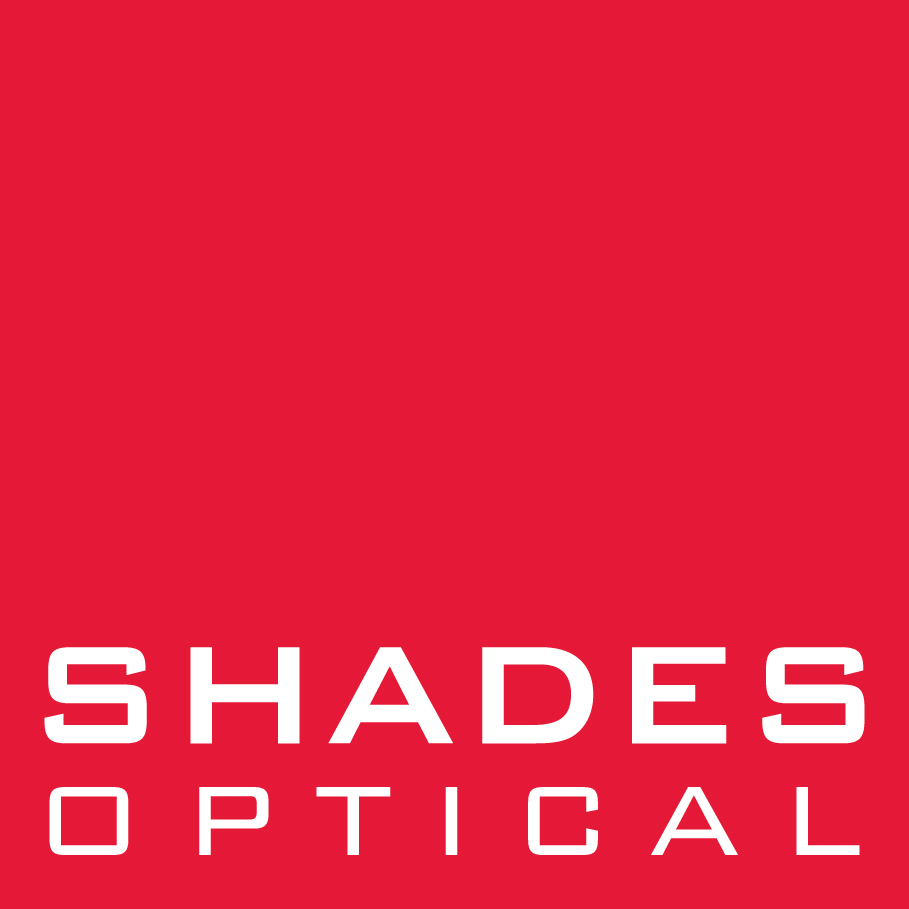Breathing Exercises to Relieve Eye Stress
In today's digital age, prolonged screen time has become an inevitable part of our lives, leading to significant eye strain and stress. At Shades Optical, we understand the importance of holistic approaches to eye health, and one such approach is through the power of breath. Drawing inspiration from James Nestor's "Breath: The New Science of a Lost Art," we explore how specific breathing exercises can alleviate eye stress and improve overall well-being.
The Connection Between Breathing and Eye Health
Breathing is not just about oxygen intake; it profoundly impacts our entire body's functioning, including our eyes. Proper breathing techniques can enhance blood flow, reduce stress, and help maintain optimal eye health. In this blog we will explore some scientifically-backed breathing exercises that can help relieve eye stress and promote relaxation.
Understanding Eye Stress
Eye stress, often caused by prolonged screen exposure, inadequate lighting, and environmental factors, can lead to symptoms such as dryness, redness, headaches, and blurred vision. These symptoms are exacerbated by poor breathing habits, which can reduce oxygen flow and increase muscle tension around the eyes.
Breathing Exercises for Eye Stress Relief
1. Diaphragmatic Breathing
Diaphragmatic breathing, also known as belly breathing, involves deep breathing that engages the diaphragm. This technique enhances oxygen flow, reduces stress, and promotes relaxation.
How to Practice Diaphragmatic Breathing:
Sit or lie down in a comfortable position.
Place one hand on your chest and the other on your abdomen.
Inhale deeply through your nose, allowing your abdomen to rise while keeping your chest still.
Exhale slowly through your mouth, feeling your abdomen fall.
Repeat for 5-10 minutes.
2. 4-7-8 Breathing Technique
The 4-7-8 technique, developed by Dr. Andrew Weil, is designed to promote relaxation and reduce stress, making it beneficial for relieving eye strain.
How to Practice 4-7-8 Breathing:
Sit comfortably and close your eyes.
Inhale through your nose for a count of 4.
Hold your breath for a count of 7.
Exhale completely through your mouth for a count of 8.
Repeat the cycle for 4-8 breaths.
3. Alternate Nostril Breathing (Nadi Shodhana)
Alternate nostril breathing is a yogic practice that balances the body’s energy, reduces stress, and improves focus, which can be particularly beneficial for eye health.
How to Practice Alternate Nostril Breathing:
Sit in a comfortable position with your spine straight.
Close your right nostril with your right thumb.
Inhale deeply through your left nostril.
Close your left nostril with your right ring finger and release your right nostril.
Exhale through your right nostril.
Inhale through your right nostril, close it with your right thumb, and exhale through your left nostril.
Continue this pattern for 5-10 minutes.
4. Palming
Palming is a simple yet effective technique to relax the eye muscles and alleviate stress.
How to Practice Palming:
Rub your palms together vigorously to generate heat.
Close your eyes and gently cup your palms over them, blocking out all light.
Breathe deeply and relax for 5 minutes.
Repeat as needed to relieve eye strain.
The Science Behind Breathing and Eye Health
Scientific research supports the benefits of proper breathing techniques for overall health, including eye health. Controlled breathing exercises can improve blood flow, reduce muscle tension, and enhance the delivery of oxygen and nutrients to the eyes.
For example, studies have shown that diaphragmatic breathing can reduce cortisol levels, the body’s primary stress hormone, thereby alleviating stress-induced symptoms such as eye strain and headaches. Similarly, alternate nostril breathing has been found to balance the autonomic nervous system, promoting relaxation and reducing stress.
Shades Optical: The Only, Not the Best
At Shades Optical, we pride ourselves on being the only provider offering a comprehensive, holistic approach to eye care. Our commitment goes beyond providing the best eye exams; we integrate whole-body wellness into our practice. By focusing on preventive care and utilizing advanced diagnostic tools, we ensure that your eye health reflects your overall well-being.
Why Shades Optical Stands Out
Personalized Consultations: Our experts provide tailored advice based on your individual needs, ensuring that you receive the best care possible.
Advanced Technology: We use state-of-the-art diagnostic tools to detect and treat eye conditions early, preventing more severe issues down the line.
Holistic Approach: We emphasize the connection between eye health and overall wellness, offering guidance on stress management, nutrition, and lifestyle changes that benefit your eyes.
Conclusion
Breathing exercises are a powerful tool to relieve eye stress and promote overall health. By incorporating techniques such as diaphragmatic breathing, the 4-7-8 method, alternate nostril breathing, and palming into your daily routine, you can significantly reduce eye strain and enhance your well-being.
At Shades Optical, we are committed to helping you achieve optimal eye health through a holistic approach. Our comprehensive services ensure that your eyes remain healthy, reflecting your overall wellness. Take proactive steps today to maintain your eye health. Schedule a personalized consultation with our expert team and discover how our holistic approach can help you achieve optimal eye wellness. Book your appointment now and see the world through healthier eyes.
—
Health Disclaimer Notice
Please note that the information provided in this content is strictly for educational purposes only. It should not be considered as medical advice or a substitute for professional healthcare consultation. If you have any concerns or questions about your health, or if you are considering starting any new treatment or therapy, please consult with your physician or another qualified health provider. Always seek the advice of a qualified healthcare professional regarding any medical condition or treatment.

